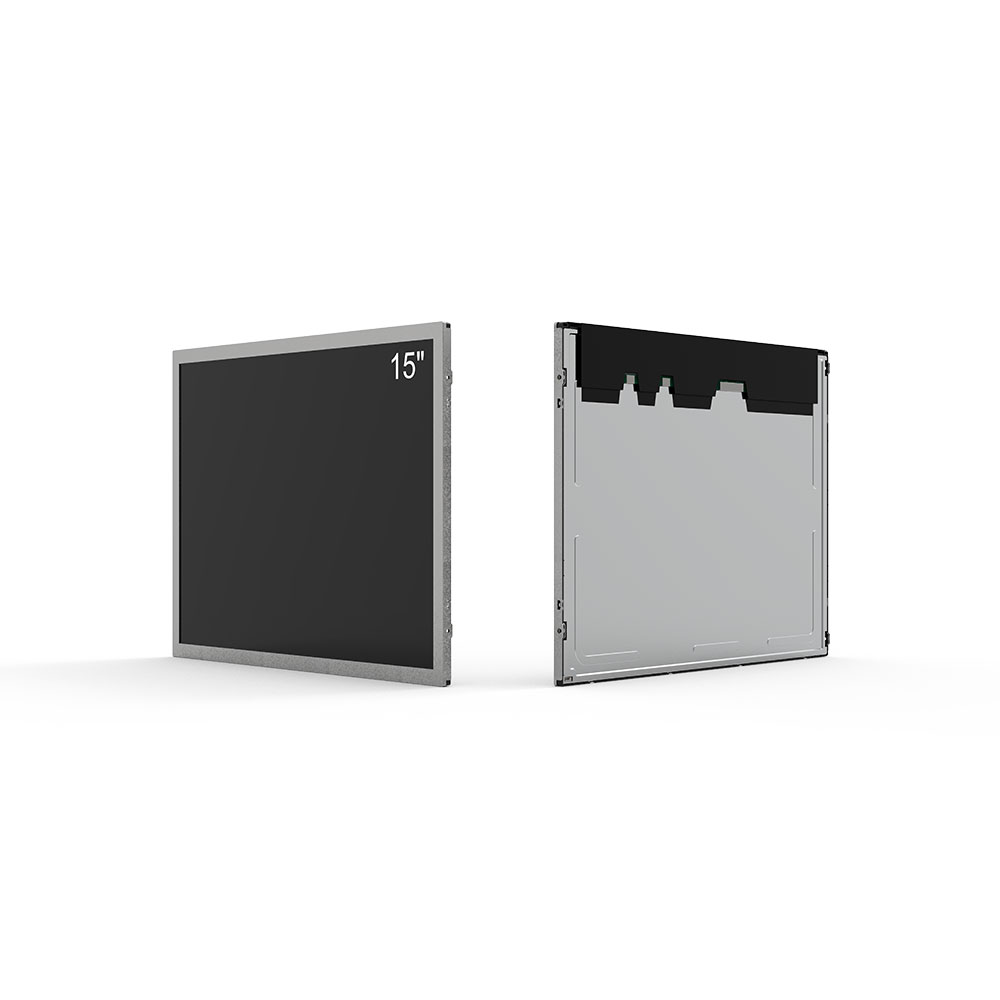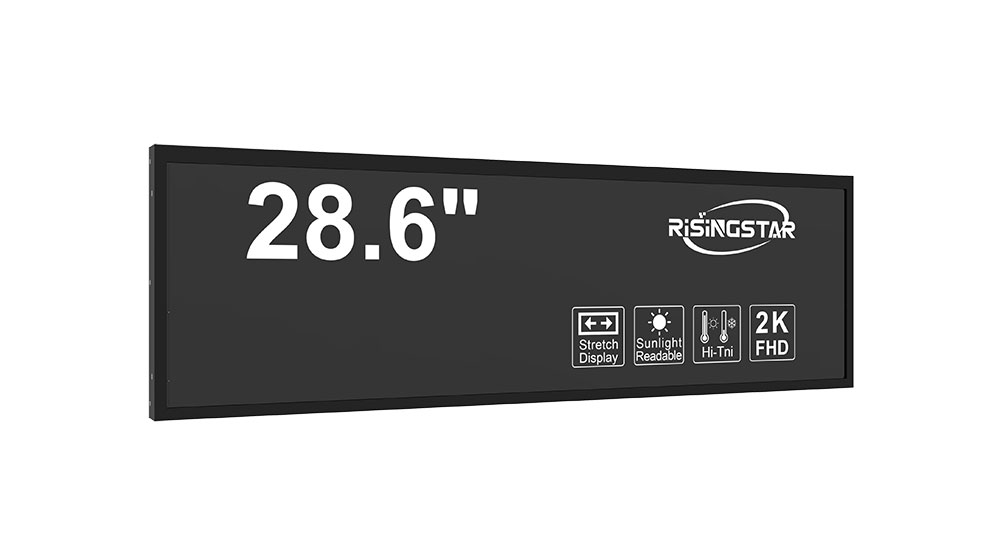- الصفحة الرئيسية
- من نحن
- منتجات
- أخبار
- فيديو
- الاتصال
- ارسل استفسار
البحث
- الصفحة الرئيسية
- من نحن
- منتجات
- أخبار
- فيديو
- الاتصال
- ارسل استفسار

In modern transportation infrastructure, passenger information displays (PIDs) play a critical role in delivering real-time updates on schedules, delays, safety alerts, and service changes. These systems are deployed across airports, train stations, bus terminals, metro lines, and public transit hubs worldwide. For outdoor environments—where ambient light levels can exceed 10,000 lux—the use of high-brightness LCD screens is essential to ensure readability under direct sunlight and adverse weather conditions.
Among the most commonly used display ratios for PIDs are 4:3, which offers an ideal balance between vertical information density and horizontal clarity. This aspect ratio aligns well with traditional text-based messaging, allowing for clear presentation of time, destination, platform numbers, and multilingual content without compromising legibility. Sizes such as 15”, 17”, and 19” are widely adopted in both fixed installations and mobile units like buses and trams due to their optimal footprint-to-display-area ratio.
From an engineering standpoint, these outdoor LCDs must meet stringent standards such as IP65 (dust-tight and protected against water jets), IK10 (impact resistance), and operating temperature ranges from -20°C to +60°C. According to the International Electrotechnical Commission (IEC), outdoor displays used in public transport must maintain at least 5000 nits of brightness—far exceeding standard indoor monitors that typically operate around 300–500 nits. Leading manufacturers like LG, Sharp, and Samsung have developed specialized panels using LED-backlit technology, local dimming, and anti-glare coatings to achieve this performance level while minimizing power consumption.
Case studies from London Underground and Singapore’s Mass Rapid Transit (MRT) illustrate the effectiveness of deploying 17” and 19” 4:3 outdoor LCDs in high-traffic areas. In one instance, a London station reported a 38% reduction in passenger inquiries after installing 15” high-brightness PIDs at ticket gates and platform edges. Similarly, Singapore's MRT saw improved operational efficiency by integrating dynamic routing messages into 19” displays powered by edge-computing modules capable of processing live data feeds from central control systems.

Beyond brightness and durability, smart PID solutions now incorporate touch functionality, IoT integration, and AI-driven analytics. For example, some newer models support facial recognition for access control or crowd detection algorithms to adjust message frequency during peak hours. These enhancements reflect the industry’s shift toward intelligent, responsive public information systems that enhance user experience and reduce congestion.
To ensure long-term reliability, maintenance protocols should include quarterly cleaning of protective glass, firmware updates for software compatibility, and environmental monitoring via built-in sensors. As cities continue to invest in smart mobility initiatives—as outlined in the UN-Habitat Global Report on Human Settlements—demand for robust, scalable, and energy-efficient outdoor PIDs will grow significantly.
For system integrators, transit authorities, and facility managers, selecting the right display size (e.g., 15”, 17”, or 19”) depends on mounting location, viewing distance, and content complexity. A 15” unit may suffice for small platforms, whereas larger 19” displays are better suited for main concourses or intermodal hubs. The consistent adoption of 4:3 aspect ratio ensures compatibility with legacy content management systems while enabling future-proof scalability through modular hardware design.

Overall, outdoor high-brightness LCDs—particularly those sized 15”, 17”, and 19” with a 4:3 format—are not just visual tools but vital components of resilient, user-centric public transportation ecosystems. Their evolution reflects broader trends in digital transformation, urban planning, and sustainable infrastructure development.